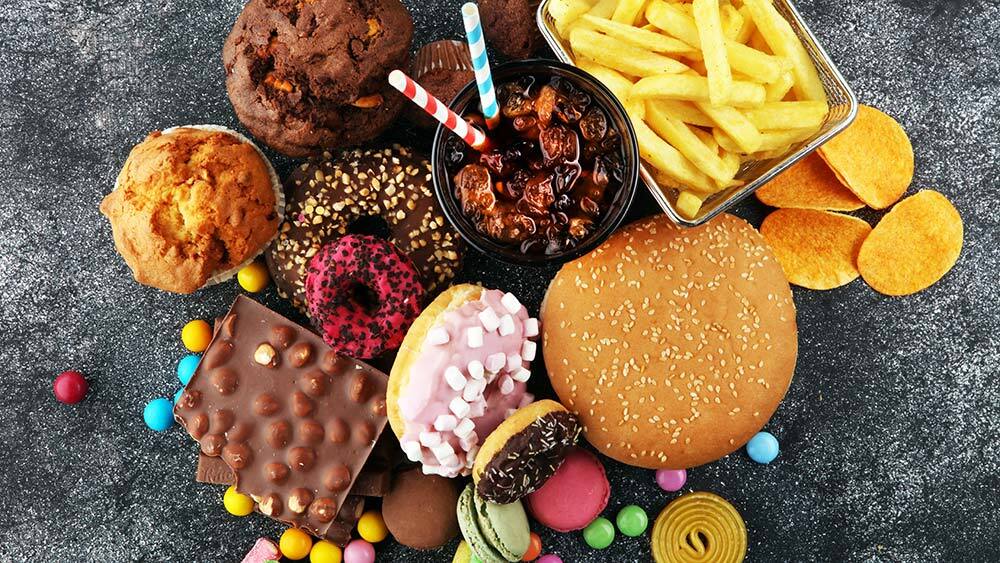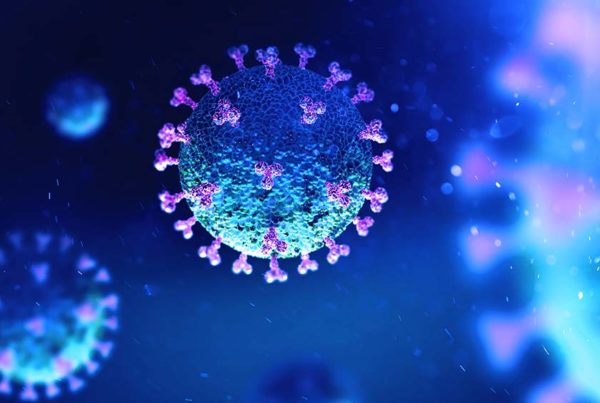
Big Sugar and COVID — a match made in heaven
Just when we thought people around the world were starting to improve their eating habits, junk food companies have found a boost in the form of COVID-19. The pandemic has proved more successful for the industry than Halloween and Christmas combined. It’s like an everyday global birthday party for junk food tycoons.
Junk food companies are opportunistic and thrive on panic. They know food buying increases, and combined with stress, that means more junk food sales.
The research firm Nielsen tracks American buying trends, and shows that from March to May 2020, junk food sales increased significantly.
Among the hundreds of promotional gimmicks used with great success over the past few decades, junk food companies now are embracing COVID-19. It has led to significant increases in buying sprees, from cookies and cola, to drive-through and deliveries of fast foods. As Michael Moss writes in the New York Times (June 16, 2020): “The pandemic revealed that sheltering in our homes — where many of us will continue to work — turns our kitchens into one huge vending machine.”
The trend of healthful eating has had many false starts in the last half century. Big Sugar keeps careful track of it and responds and counters it with ads, sales, new products. The industry also takes advantage of stress like natural disasters and the current pandemic.
As low-carb, organic, farm food and other trendy cool ideas catch hold (even if some are not actually healthy), many people have been kicking the sugar and junk food habit. The trend has made a big-enough dent in profits during the last decade that food industry analysts have taken notice. Of course, Big Sugar is more aware of these reductions in junk food sales than anyone.
Advertising that takes advantage of COVID-19 is alive and working well. Consider the image of Doritos measuring 6-feet between people, and virtual hugs of M&Ms. These are among the many food porn images that are highly successful.
Much worse than COVID-19 itself is the damage done to those stampeding to panicked junk food shopping. The damage, of course, is worsening the other pandemic, the global overfat pandemic, fueled by junk food to begin with.
Can one pandemic worsen another? Yes. We know that excess body fat worsens the risk of infection — those most vulnerable to COVID-19, for example, are those who are overfat. But it also works the other way. The COVID-19 pandemic is worsening an already extremely overfat world.
It happens more often than most realize, especially in regional areas. One bad media scare about an unlikely hurricane or snow storm, and panic-buying hits the stores. Other than water, the masses mostly target junk food, clearing the shelves in one swoop.
COVID made things much easier. Drive-throughs, Grubhub and other delivery services, combined with the closing of other restaurants and farmer’s markets, adds to the panic buying of easy-access junk food, including from grocery stores. Likewise, staying at home and watching the news means more anxiety, fueled by junk food commercials encouraging more unhealthy snacking and munching.
Today’s primary world cuisine is junk food, a dirty empire built upon lies. Companies and politicians trickle it down, misinforming many doctors, employers, teachers (even moms), and finally to the rest of us, resulting in a very sick world. The media is a co-conspirator. It’s not just that junk food has caused the overfat pandemic, which propelled more disease and physical dysfunction — the industry also helped promote the COVID-19 pandemic and continues pushing the astronomical costs of healthcare.
But this bad food is, itself, more expensive than natural food. That’s another one of the great junk food lies.








